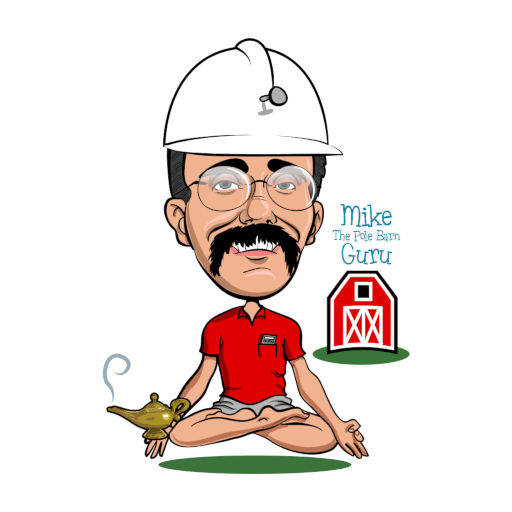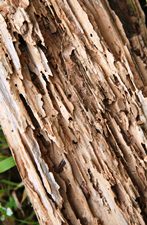 Over the past few decades, I’ve been involved in several pole building projects on the Hawaiian Islands, and they all had one thing in common – the use of pressure preservative treated lumber throughout, included the prefabricated wood roof trusses. The use of pressure treated wood has been standard building practice in Hawaii and the building codes require all structural wood framing to be constructed with it.
Over the past few decades, I’ve been involved in several pole building projects on the Hawaiian Islands, and they all had one thing in common – the use of pressure preservative treated lumber throughout, included the prefabricated wood roof trusses. The use of pressure treated wood has been standard building practice in Hawaii and the building codes require all structural wood framing to be constructed with it.
Just as much as we enjoy ants at a picnic, wood-destroying organisms such as termites and decay fungi are necessary in creating elements which are essential to the balance of the global ecosystem. While termites are needed out in the ecosystem, they are totally unwanted and unwelcome in wood structures.
For overall cost effectiveness and building performance, the majority of North American (and Hawaiian) low rise buildings are built with wood frames, which need protection from termite and decay damage. For design professionals and builders, termites and fungi can present some issues in building with wood. As a solution, pressure treated wood products provide long lasting protection against wood destroying organisms which could wreak havoc on island pole buildings.
In Hawaii’s particularly tough environment, pressure treated wood has performed admirably in field tests and structures built with it have a commendable record in real world use. Treated structural lumber, used correctly, in construction of pole buildings is extremely effective in providing a product which is long lasting and safe from Formosan or other termite damage.
One consideration and frequent question is: can prefabricated wood roof trusses be constructed from pressure treated lumber? In a word – yes. Using most pressure treated wood does not sacrifice truss quality or reliability in any way. Loading conditions are not impacted, so the installation process remains the same. Some methods of pressure treating wood are very corrosive to the steel truss plates and require the use of stainless steel, rather than the industry standard galvanized plate. Also, some lumber species require the wood to be incised, in order to take an adequate level of pressure treatment, so appropriate strength reductions are taken into account in the design process.
With a lifelong efficacy, pressure treated wood offers a built-in protection against Formosan termites and other wood-destroying organisms and provides durable and sustainable post frame buildings for all Hawaiian residents.







